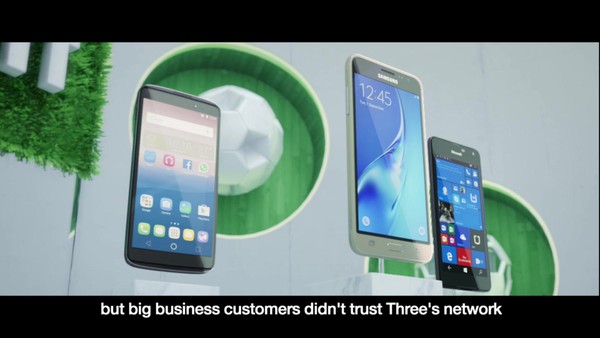Creative Effectiveness > Creative Effectiveness: Sectors
MOLDY WHOPPER
INGO, Stockholm / BURGER KING / 2022
Awards:
Overview
Credits
Overview
Summary of the work
The Moldy Whopper generated a 14% sales uplift in the US. Here’s how and why:
Background & context:
The fast food industry has long had a bad reputation for selling low quality food that is full of unnecessary additives. To meet the requirements, Burger King had for several years deliberately worked to eliminate additives from its food. A total of 8500 tons annually globally (equivalent to 38 Statues of Liberty).
But only 38% of US guests agreed with the statement that BK used fresh ingredients, and only 42% agreed that the food was freshly prepared. It greatly impacted the business: the main barriers to visitation include how guests feel about food quality; ultimately impacting sales.
Creative challenge:
It’s not only BK that have realized that people have increased demand on food quality have increased; every fast food restaurant is joining in on the battle to shift perception, using the same claims of real and fresh food. It’s a cluttered category where no brand is really heard. But also one where BK is underspending in media relative its competitors which made it harder to break through.
Solution:
We’d confront people with something undeniable: REAL food shouldn’t last forever.
And we’d do it by showing them the Whopper rotting through a period of 35 days. Because if it was actually free from all the nasties, it should look really bad after a few days. Just like real food would.
Thus, “The beauty of no artificial preservatives” was born. By focusing on mold and food together, the campaign would create attention that was difficult to miss.
And it would go against every norm of visual perfection. Serving as a strong contrast to how the fast food industry usually portrays its food. A juicy burger with over-retouched images and all sorts of tricks.
We launched Moldy Whopper to show our commitment to real, preservative-free food. It might’ve gone against every convention, but it showed that mold could be a beautiful thing, too.
Execution:
The campaign was mainly PR-driven, but to start the discussion, a small outdoor/print campaign was created with the moldy burgers, photographed in extreme close-up. A film was also made showing how the Whopper evolved for 35 days.
The material was sent to selected journalists/influencers about what BK had done with its products. At the same time, BK's own channels such as the website, Facebook, Twitter and Instagram were used to confirm that it was a real and long-term commitment.
The media strategy, mainly outdoors, was focused on media that you could’t click away from. The expression itself would make an impression if it were allowed to take place in the public space where no one can’t defend oneself from these advertising surfaces.
More Entries from Retail in Creative Effectiveness
24 items
More Entries from INGO
24 items





